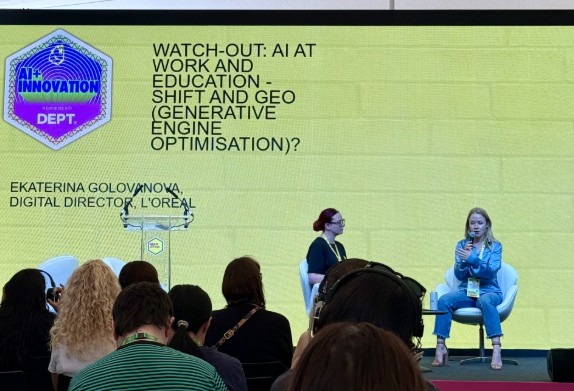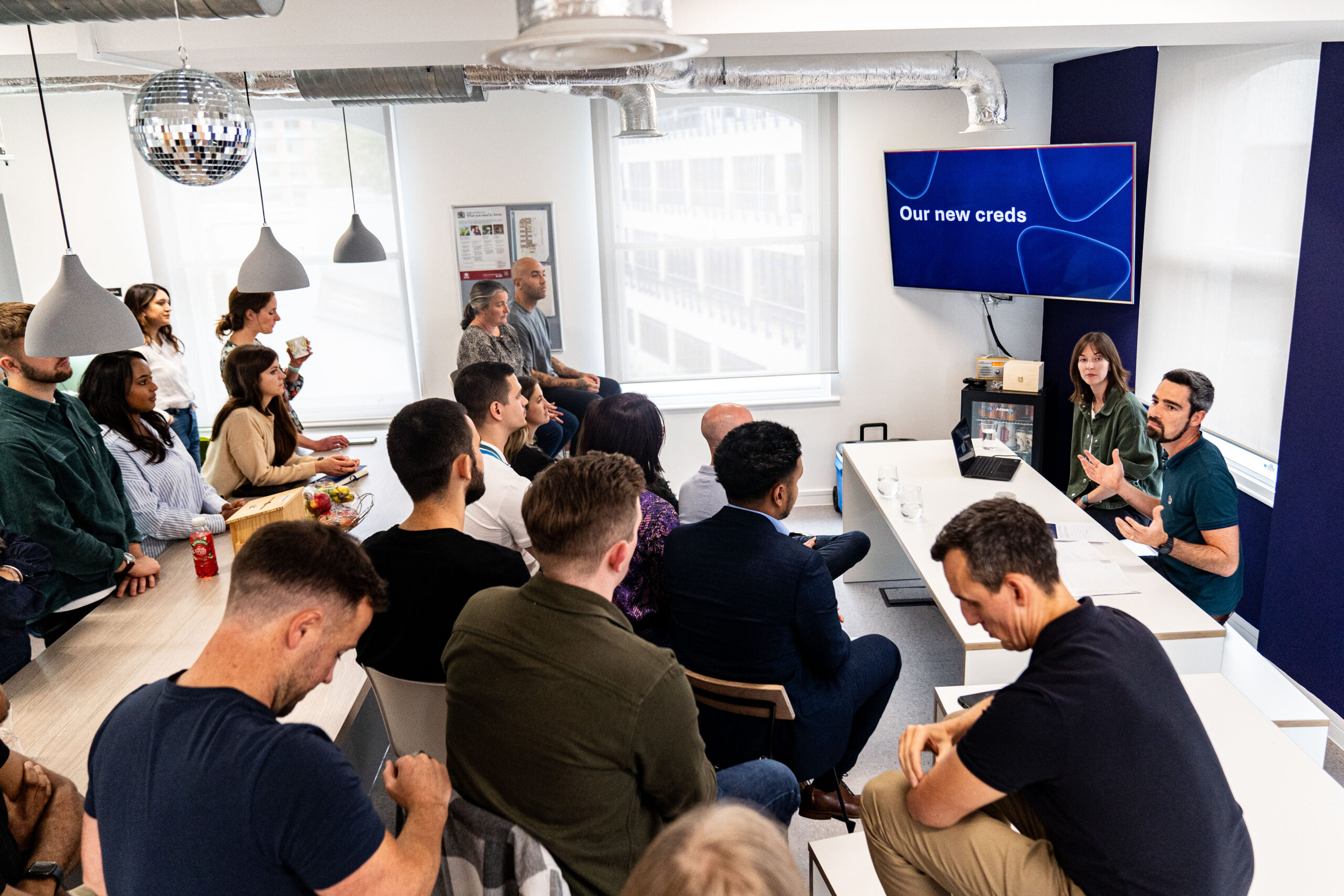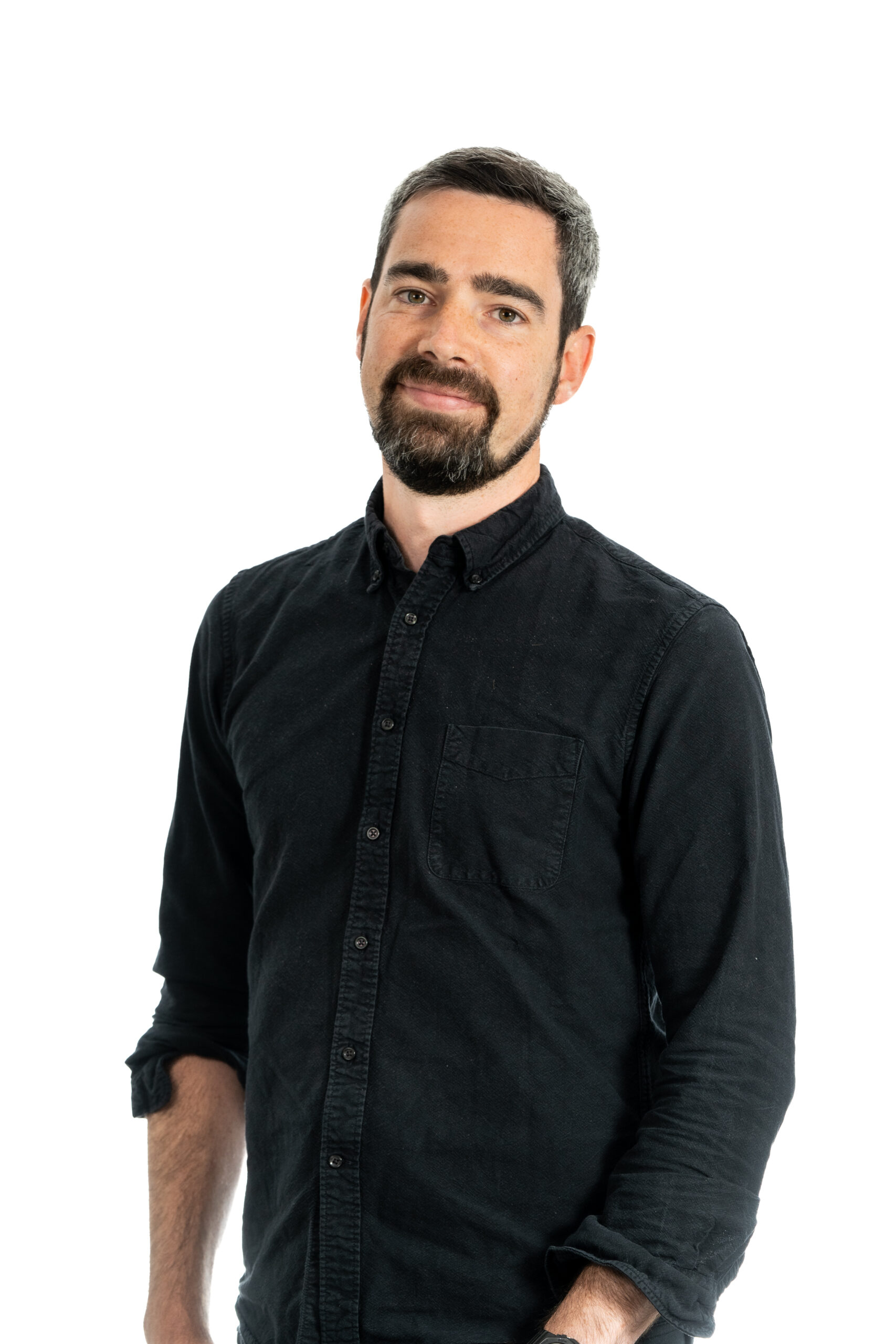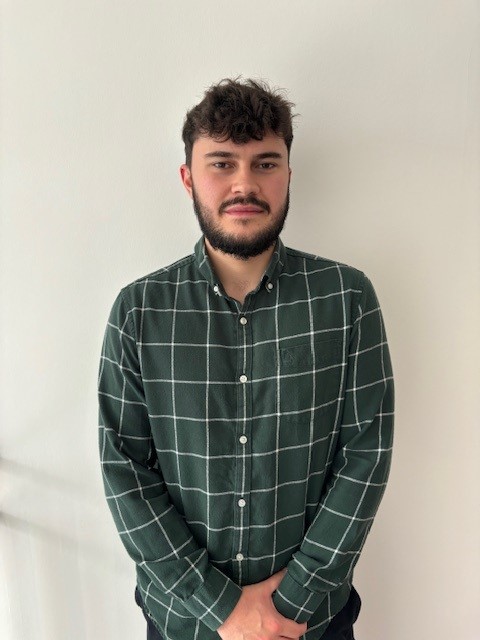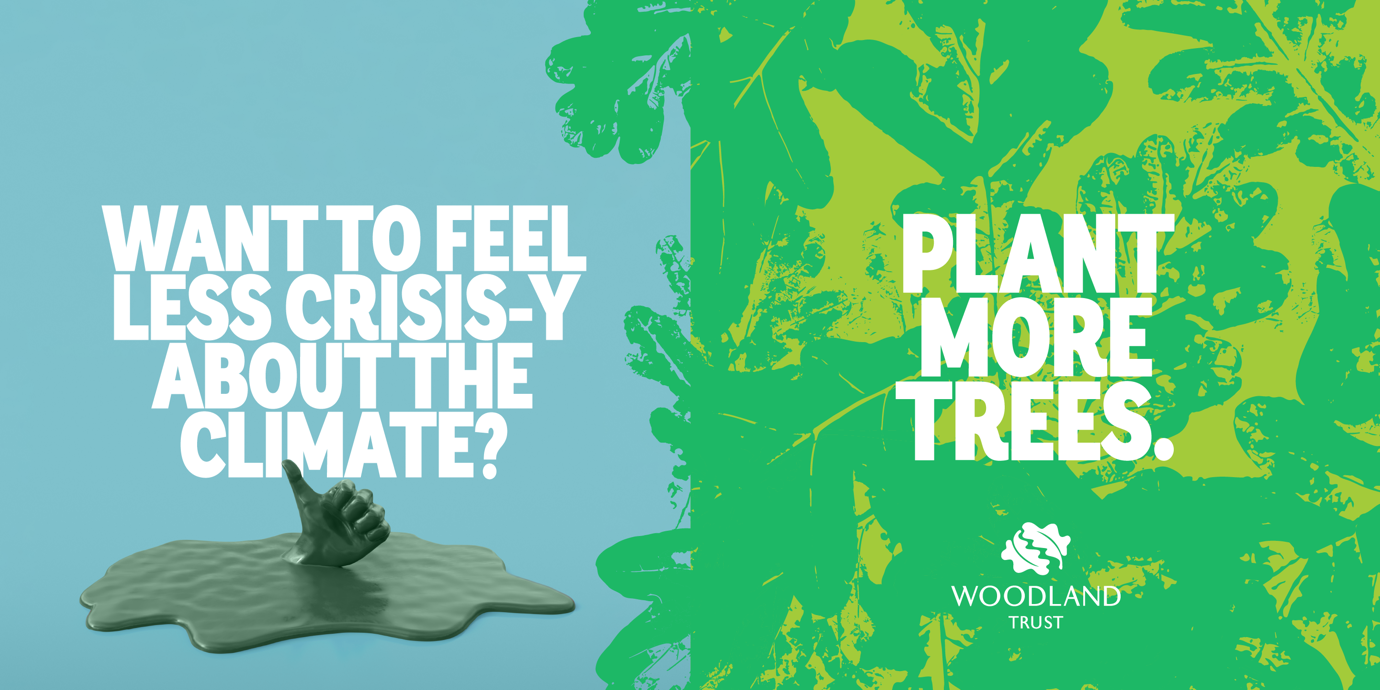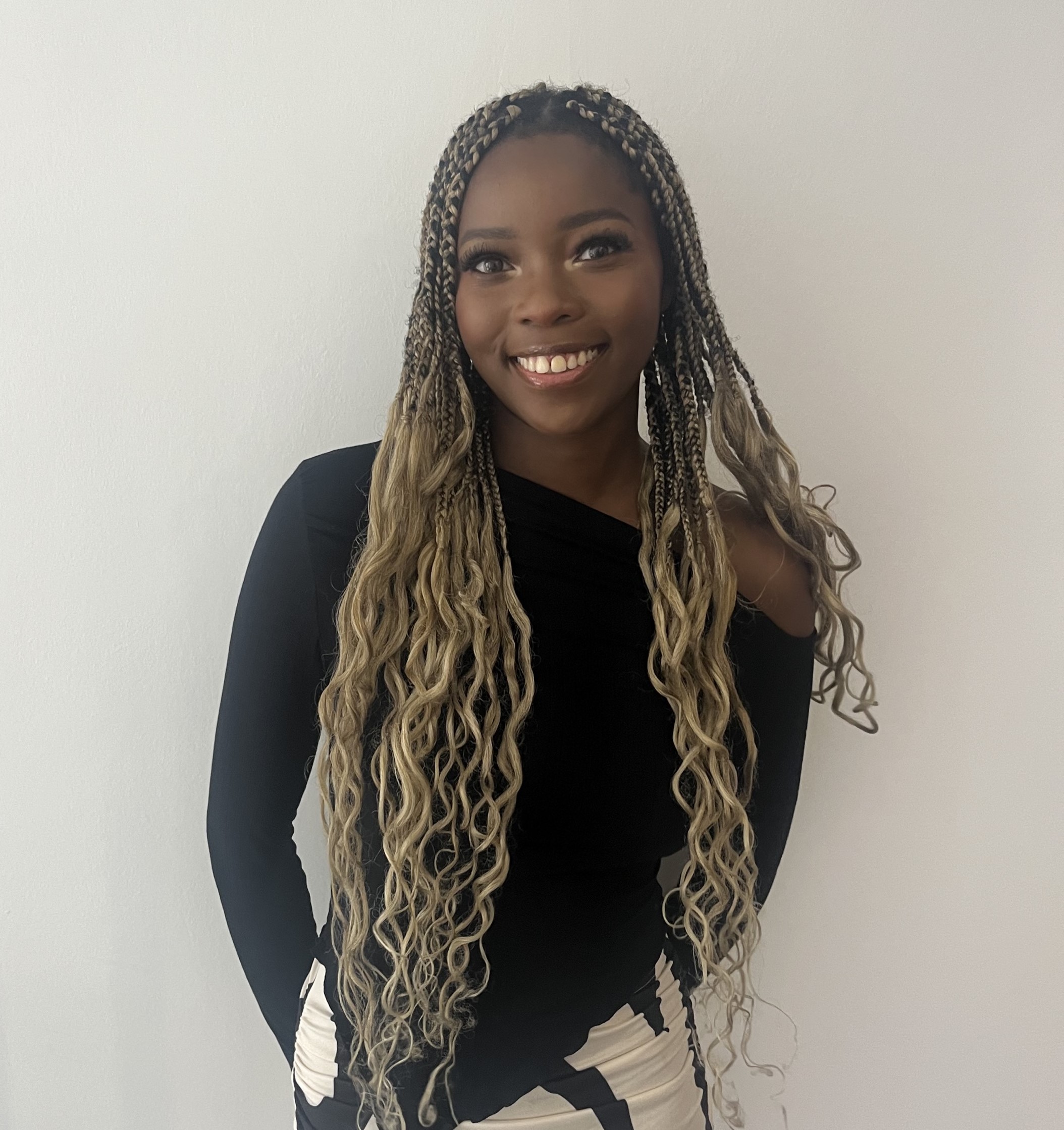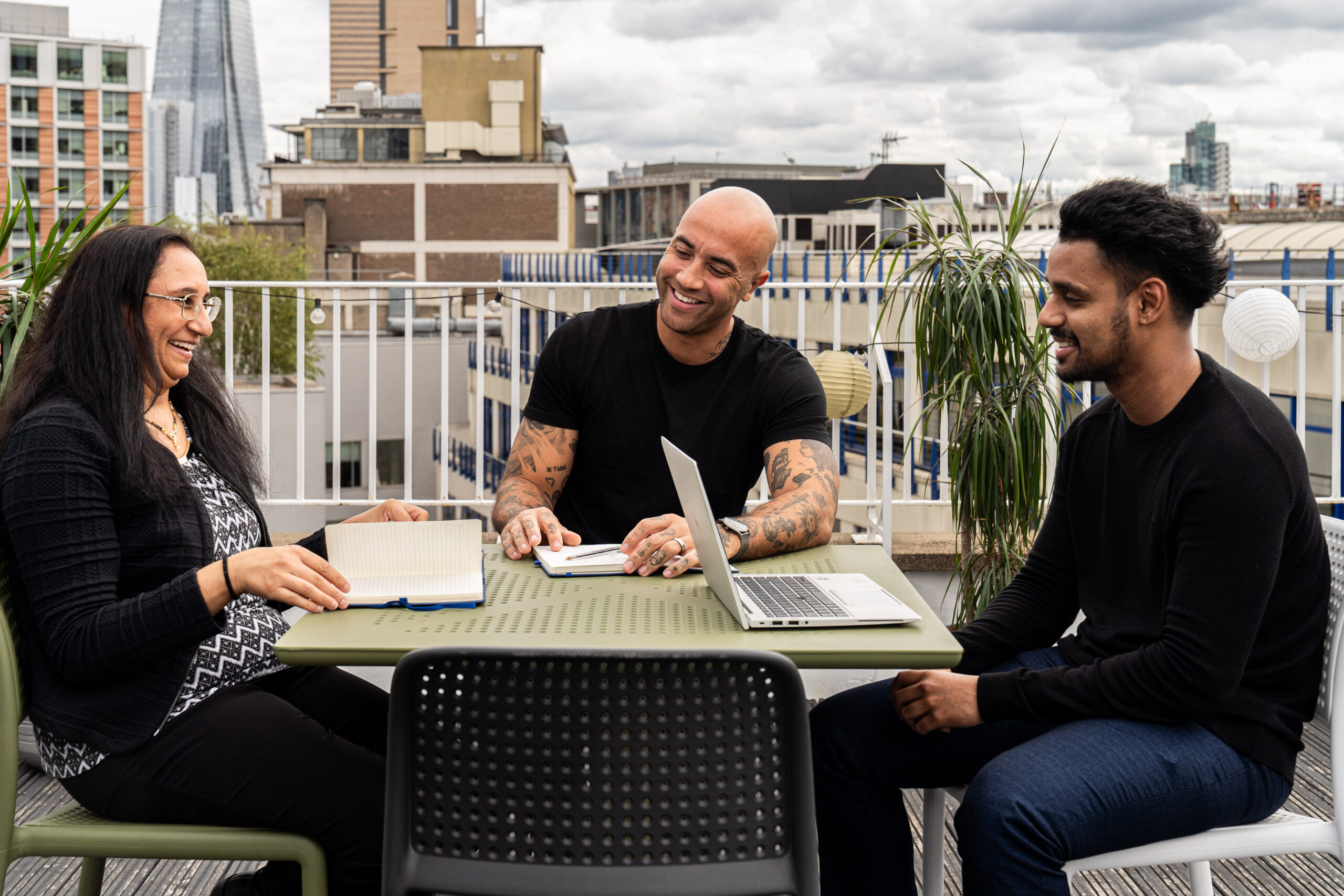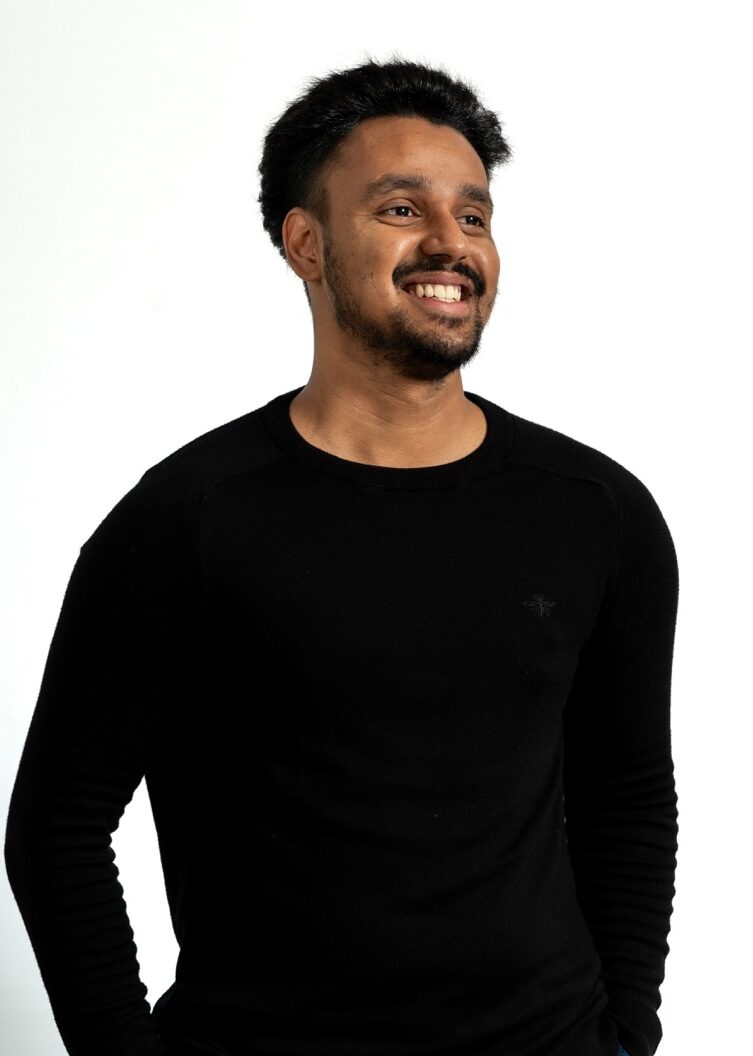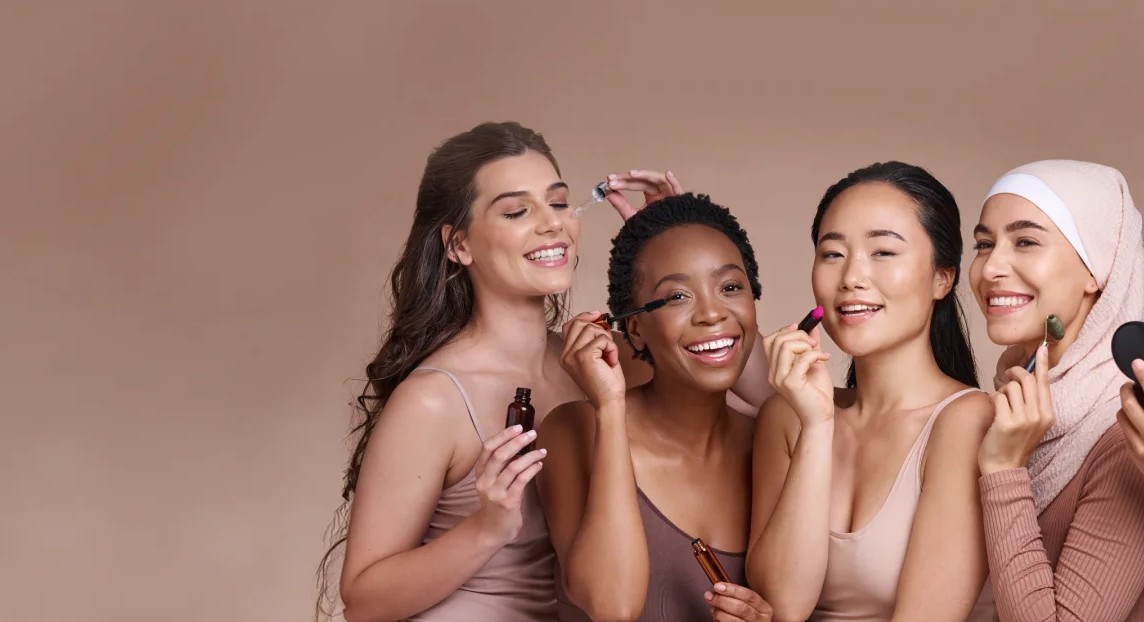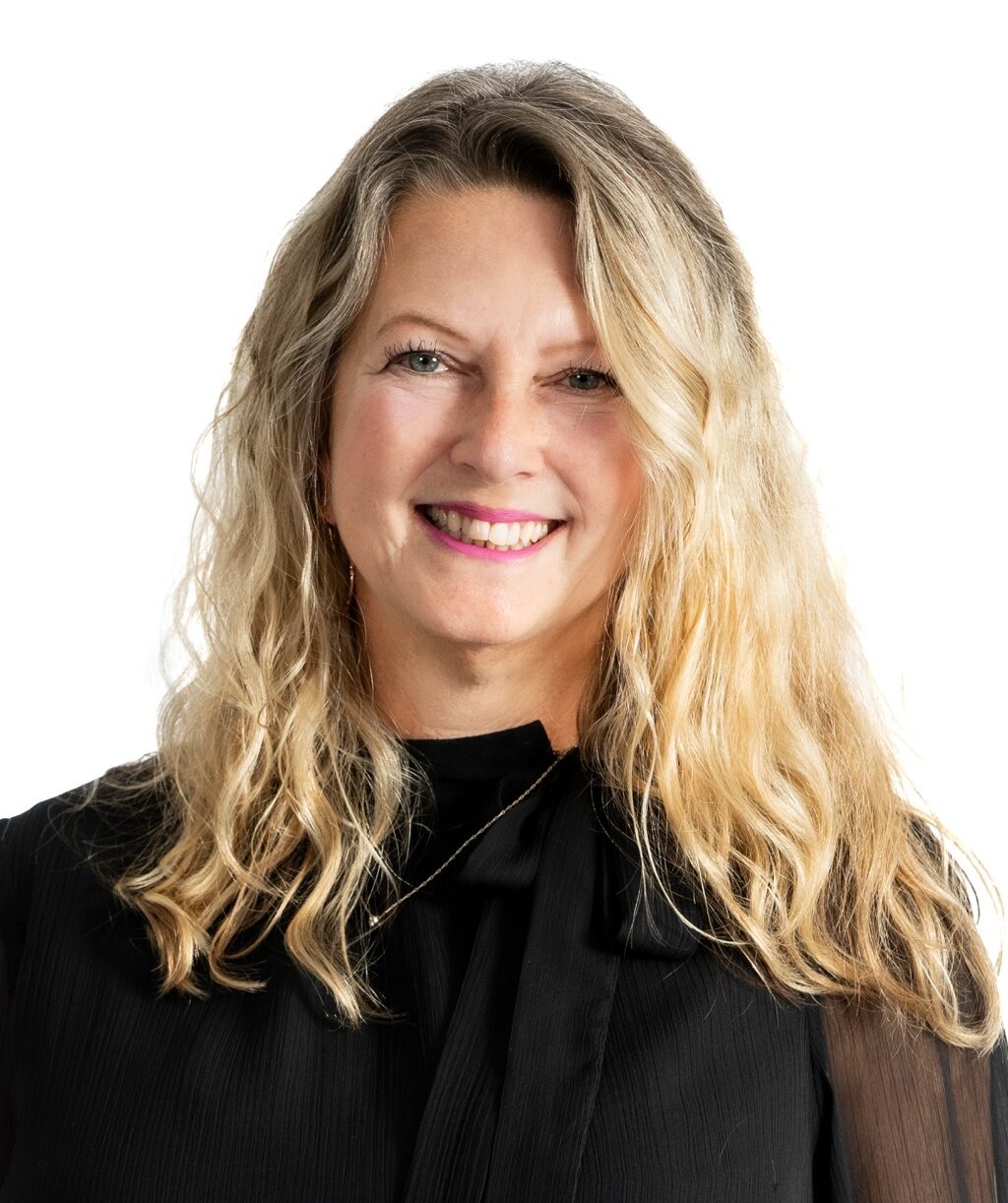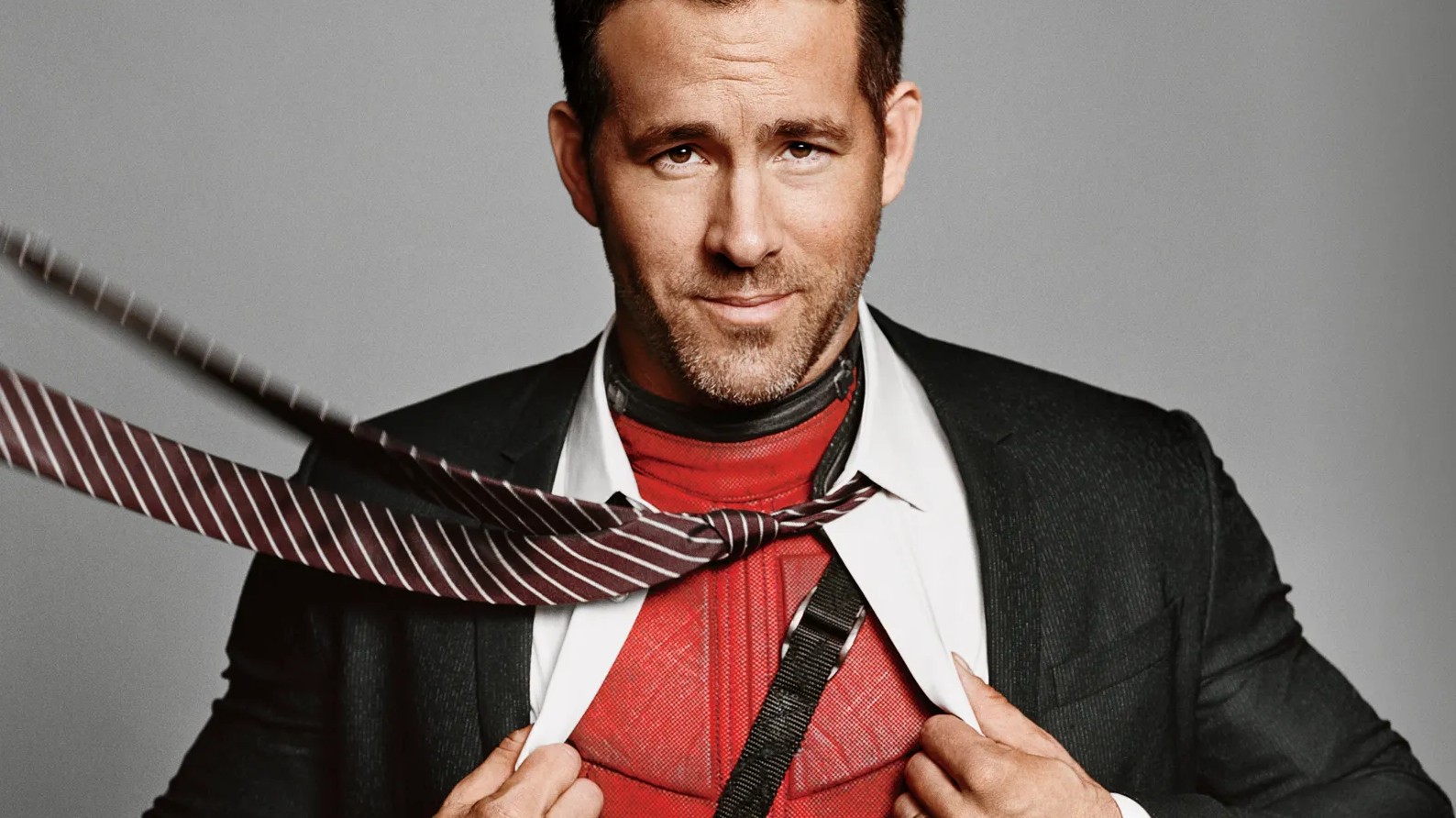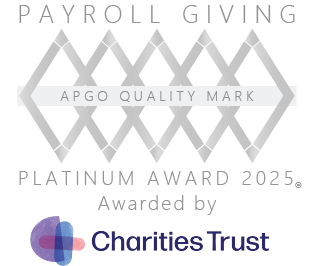Today, we’re speaking to joint managing director, Richard Slater, one of the first employees at MI Media. In this Day in the Life, Richard talks about the value of shared responsibilities when growing your team and why a governor at his child’s school should be an international diplomat!
What led you to a career in media?
When I left university, I didn’t know what I wanted to do so I decided to take a year trying out work experience in different industries. I did a broad range of placements; everything from financial hedge funds with a more data analytical lens, through to consumer PR.
At the end of the year, I’d found that I enjoyed the marketing side of PR but wanted to be able to incorporate some of the more analytical aspects of my other experience. I talked to my mum who worked in marketing and she put me onto the idea of looking at media agencies. I applied for a few different agencies (and got knocked back from a couple!) before ending up at what was then MediaCom. I loved it from day one and I’ve been in media ever since.
I did a good stint at MediaCom, by the end managing teams across RBS and Direct Line Group brands. I was doing well, but I could see that there was a limitation on how much of an impact I could make while working at a big agency on big brands. I knew the founder of MI Media who was just getting the business started. Having talked to him about looking at all sorts of options, I realised that there was a huge amount of potential for my development in working at a small media agency. All the skills and training I’d acquired at a big agency could be applied to clients where it would make more of a difference. Working at a small agency would also give me exposure not only to client-side stuff but how businesses are developed and how you determine what kind of agency you want to be; from proposition to who you recruit.
What does a typical day look like for you?
Every day starts with me getting my son to nursery on the back of my bike. A cycle to work is a great way to start the day, it certainly wakes your brain up navigating London traffic with a two-year-old on your bike!
As a joint managing director, my role covers the client side of the business, making sure clients get what they need and that we’re practicing what we preach as an agency. To do this, much of my day is spent having conversations with and connecting the right people.
To make sure I’m on top of what’s going on, I’ll usually speak with our head of data & digital, George, or group client services director, Gary, to understand our current areas of focus and any support that’s needed. I will undoubtedly want to talk to our new business director, Nicole, about current opportunities and ongoing pitches to ensure that the right senior support is involved and that junior members are coached through the pitch process. Finally, having worked together at MediaCom before sharing ten years at MI, I have a close working relationship with my fellow joint managing director, Jamie. It’s great to have a colleague that you trust who can both challenge and validate you and I always find it worthwhile having a conversation with him to do just this.
I’ve always been keen to retain a level of involvement client-side as it’s client work that got me into the job in the first place. It’s interesting to think about our clients’ challenges and new ways to solve them. It also gives me a chance to keep in touch with broader team by understanding what they’re working on and how they’re approaching it.
All of that will take me to the end of the day and I’m back on the bike to rush to nursery!
